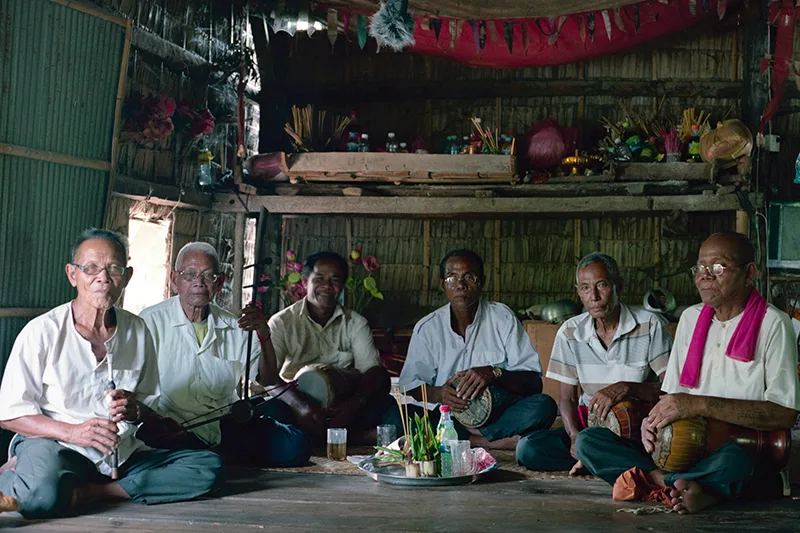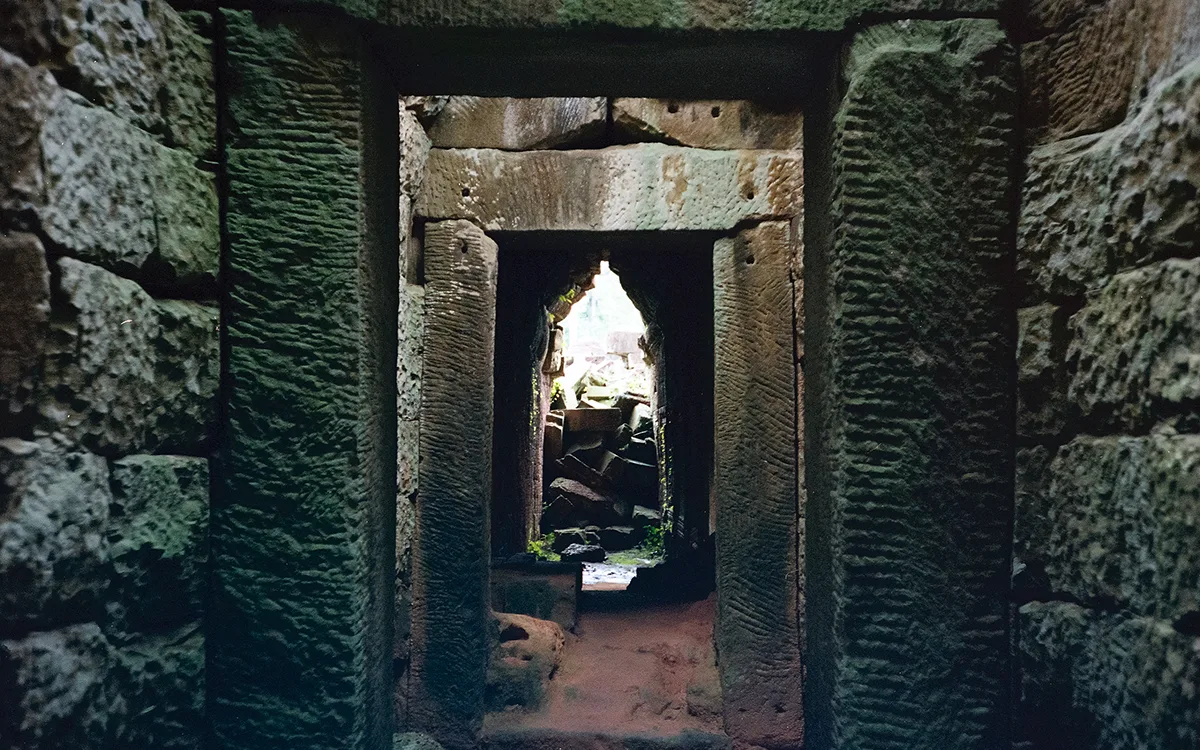
There's no better way to spark new ideas than going – or getting pushed – out of your comfort zone. When we asked 10,000 creatives how they get good ideas, travel came out as the third highest source of inspiration.
So for our Time/Place program, we sent six students on surprise trips in the summer of 2018. From Costa Rica to Cambodia, they immersed themselves in new cultures to feed a different kind of creative energy.
Meet the six below and see the work they made during their journeys, organized together with our friends at The Jaunt.
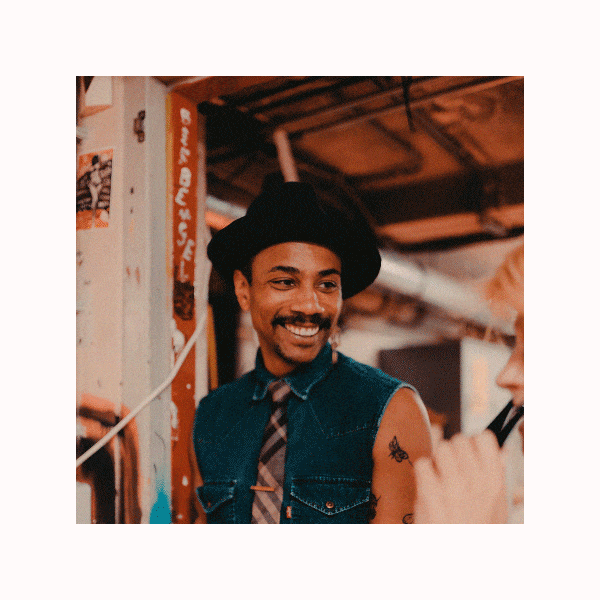
Alexander Cromer is a writer, artist and designer of experiences from the United States. He currently lives in the Netherlands where he studies at The University of the Underground (a free two-year Masters course WeTransfer has supported since it began).
During his trip through Tel Aviv, Bethlehem, and Jerusalem, he created a series of sketches of the eyes of people he met along the way. He also wrote a series of short texts about some of his experiences.

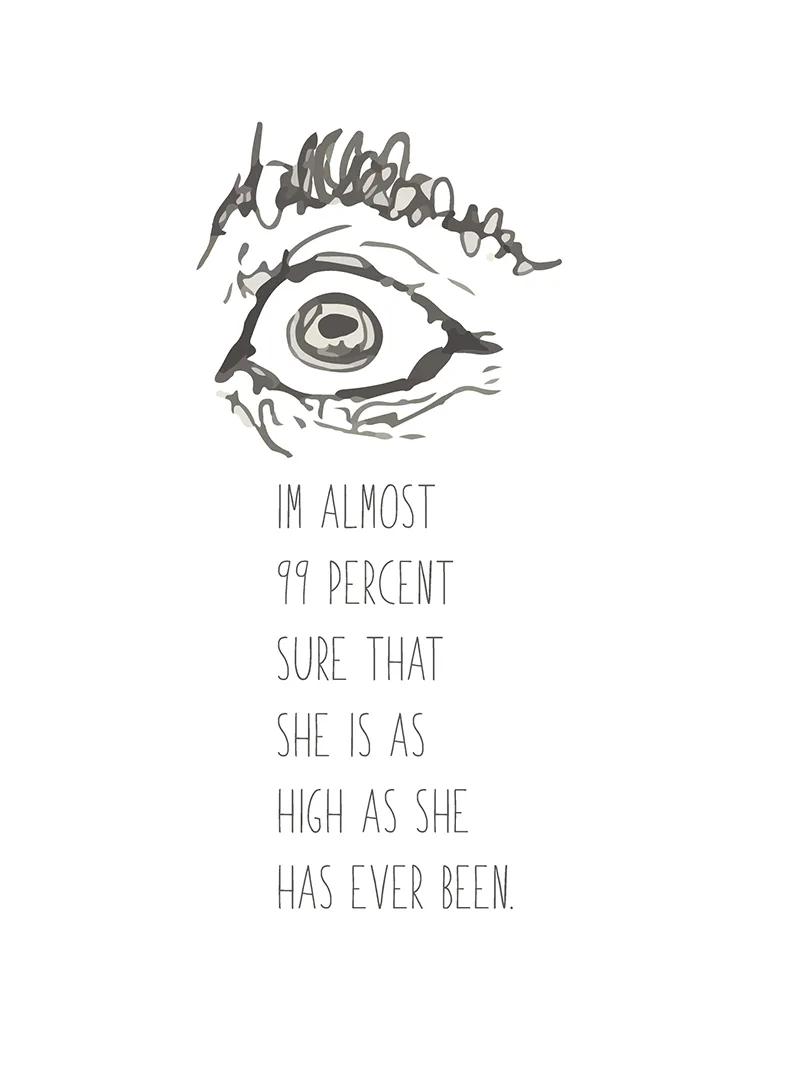
Bethlehem: I spent the day ambling throughout the city. Walking up new streets whose concrete was poured recently. Walking down old streets whose large slabs of limestone were laid centuries ago by faceless people who also came and they also went again.
I laid my hands on them and felt both the presence and the non-presence of time. We think we have moved on but the past is always lurking in the present's shadows. We can never move on, the limestone and the very land itself, consumes memories. A pitcher plant, or the labyrinth Icarus tried to escape from. Time is funny that way.

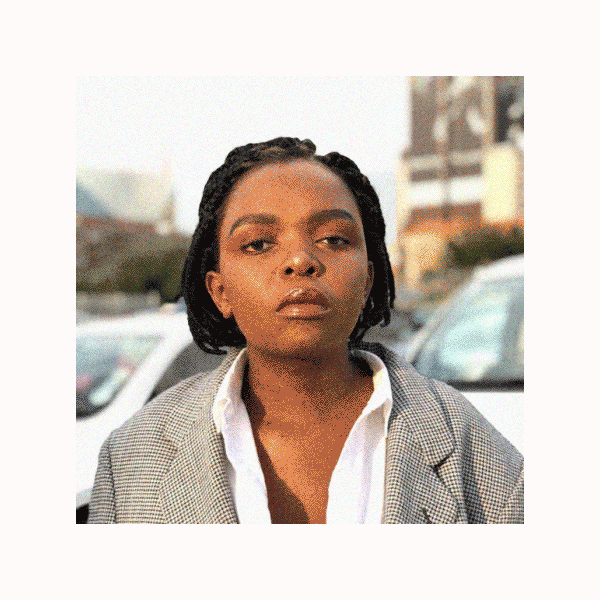
South African fashion student Lesego Seoketsa had never been to Europe before we sent her to Denmark's famous capital Copenhagen. She mines the world around her for references, and loves to marry different creative disciplines. After her trip, Lesego made four collages, which bring together architecture, fashion, design and color in enthusiastic combinations.
"My trip was exciting and spontaneous. I left South Africa not knowing what was ahead of me, and to my surprise, Denmark felt like a second home.
"As a photographer and fashion designer, the Copenhagen landscape and the colors of the buildings made me develop a soft and minimalist aesthetic. The city is so clean; there are bicycles everywhere and it’s filled with movement. This inspired me to involve a lot of movement in my art too, as a symbol of appreciating the journey more than the destination."

Polish artist Natalia Poniatowska works with both still and moving imagery to explore the space between fine art and documentary. She went to Iceland to enjoy round-the-clock artistic inspiration at Reykjavik Culture Night, before heading out into the countryside to see how visitors interact with this amazing natural beauty.
“I was driving for hours between lava fields and yes, I did not see anyone around until I got to the places I had on a “must see” list – together with everyone else who had the same trip planned. We all became part of the landscape; we will all be captured within our memories about those places."
“From Reynisfjara, I will remember a guy wearing a purple jacket, travelling on his own, as the only one who made an eye contact with my camera. From the Blue Lagoon, I will remember a woman wearing a swim cap matching her blue swimsuit. From Seltún, I will remember a guy who was not impressed with the view due to the strong smell surrounding the geothermal area.
“I captured the places as they were, rather than waiting hours for the perfect moment.”


Juan Pablo Mejía is an experimental designer from Colombia whose work explores the politics of mass media. He's currently living in the Netherlands where he's studying for his MA, but he also runs his own design studio, El Monocromo, and co-hosts a research-radio show called The Ambassadors of Love.
We sent him to Addis Ababa in Ethiopia to immerse himself in a completely different world, and to record an episode of his radio show.
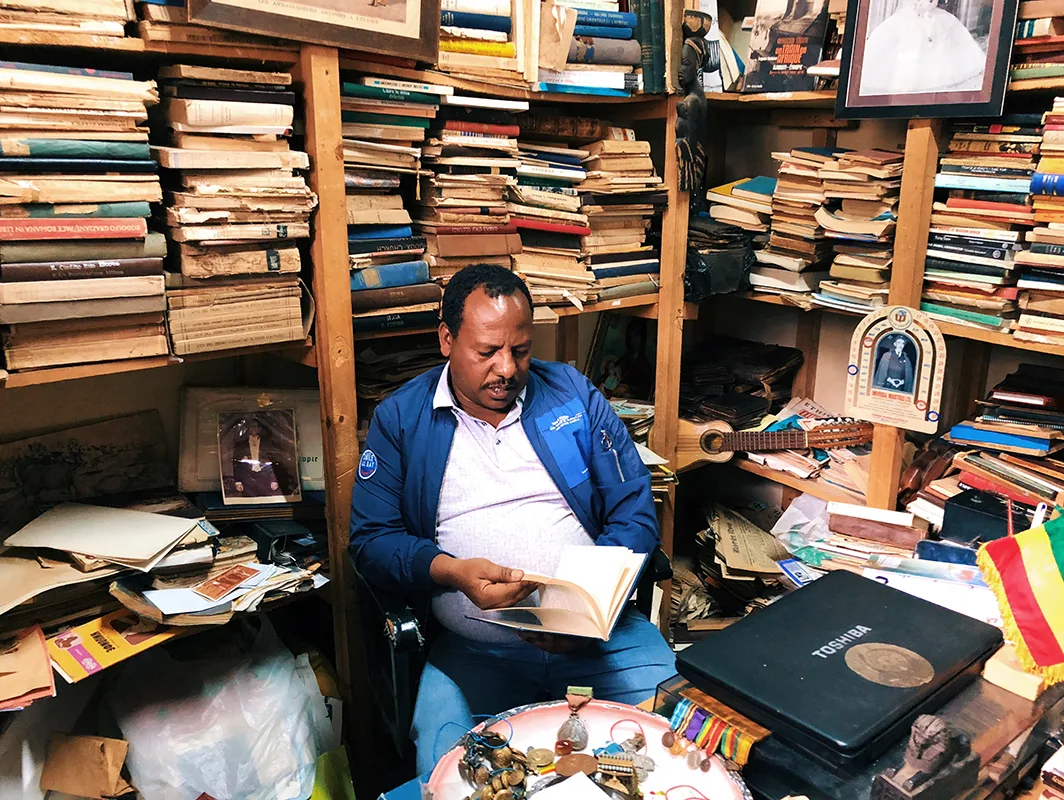
“A guy approached me while having my coffee. His name is Biruk. After chatting for a while, he told me about a guy that sold old vinyls and books. He convinced me we should definitely go.
“After a short walk we approached a house with a fence. Biruk told me it was behind the house; we should wait because someone was calling the guy. I told him I wasn't going to go inside, that I was sorry but I come from a place where distrust is the first thing you learn.
“I’ve been robbed a couple of times in Colombia, once with a knife. Biruk told me to trust him; he said Ethiopians are good people."

"Abdi came to the door and I decided to go inside. I was struck by what I saw – books, magazines, medals, vinyls, record players, paintings, posters. This place reminded me of El Artistico, the store that my grandfather, Evelio Mejía, owned for more than 70 years. Abdi showed me around, he told me stories about the jazz wave during communist times.
“I got quite emotional; this was totally unexpected. Colombian codes have been, until now, the most confronting thing in this trip.
"My judgement and past experiences with violence question how I read and understand what is going around me. These codes don't work here."
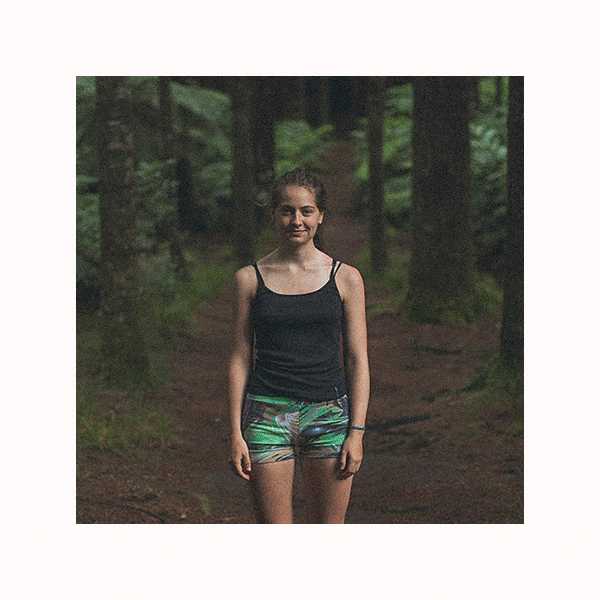
Fiona Brown is a designer and illustrator from Argentina. For her trip, she travelled to Finca Bellavista in Costa Rica, a self-sustaining treehouse community set in 300 acres of rainforest.
During her stay she created two prints and she also kept a journal which combines text and imagery to bring her trip to life.



Sébastien Robert is a French sound artist, photographer and master’s student at the ArtScience Interfaculty in the Netherlands. His ongoing research project You’re no Bird of Paradise focuses on traditional music and rituals that are in danger of disappearing. We sent Sébastien in search of the Cambodian music Phleng Arak.
"I always found the first minutes in a new country so magical; the change of scenery and the unknown smells and sounds give you a feeling of being reborn for a moment. It is such an intense, almost overwhelming sensation.
"Instead of thinking too much about it, I assumed that a lot of my ideas and beliefs were totally wrong. I felt like a total beginner, which was both exciting and scary.
"To be honest, I now have more questions than before about my project and practice, but that's also the best part of such an experience.
"It challenges your assumptions and ideas, confronts them with the reality on the ground within an unfamiliar environment."






